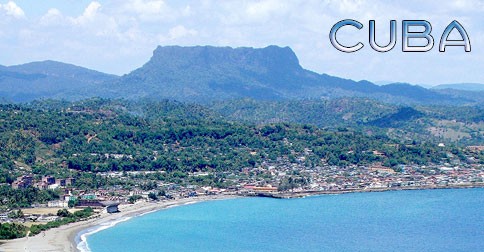Foreign Real Estate
Published on May 28, 2015
As Relations with Cuba Warm, are Real Estate Investments There On Your Self-Directed Horizon?
President Obama and Raul Castro are shaking hands, taking photos and talking about normalizing relations between our countries. For investors with self-directed IRAs, there could be potential to include Cuban real estate as part of their retirement portfolio. After all, all types of real estate are allowed in self-directed retirement plans (real estate investments comprise about 50% of all self-directed assets) and this includes foreign properties. Many investors already have real estate holdings in Central America and Europe in their plans—vacation and rental properties, farmland and plantations among them.
Depending on how things go with Cuba, it could open up investment opportunities for savvy self-directed investors who are willing to do their research. Apartments, raw land, or shares in a hotel, marina or shopping mall could be included in a self-directed IRA.
Offshore investments take a lot of consideration and research time. For instance, you have to find out about:
- Tax laws abroad as well as the implications for your US taxes.
- Local laws surrounding a property title being held in the name of a self-directed IRA.
- Country’s banking system and how it will affect your property investment.
- What it’s like to conduct real estate transactions in a foreign country.
- How to go about finding tenants, property managers or contractors.
You’re also wise to make sure the country or region is stable (politically, environmentally, socially) and well worth the investment over time.
Purchasing shares of foreign property
For investors who don’t have enough funds in their self-directed accounts to purchase the property on their own, they can partner with other investors to make the deal; each self-directed retirement account purchases a specified interest in the property and these details must be worked out advance. Although the account administrator will handle all the necessary paperwork, the details and instructions come from the account holder, so it’s crucial that you truly understand all the steps you must take, taxes and insurance you’ll pay, or any other expenses related to the offshore property.
Rules surrounding real estate in your IRA
As with all real estate assets, all expenses, maintenance, taxes and insurance are paid from the self-directed IRA and all profits are returned to the IRA (the income from the property is tax deferred). Also, you may not, as the account holder, use the property for your primary residence, your own vacation home or as a business office (prohibited transactions). However, once you reach age 59-1/2 or older, the age at which you may legally start taking distributions from a retirement plan, you can withdraw your real estate from your IRA in order to use it as a primary or second /vacation home without a penalty. Depending on the type of IRA that held the real estate, there may be taxes associated with the process so again, do your research and consult your self-directed IRA administrator for guidelines.
Next Generation Trust Services does not provide investment advice but we do recommend that before you send us instructions about a foreign property investment, that you consult a financial professional or tax advisor with experience in offshore real estate transactions and banking outside of the U.S. Because this investment strategy has grown so popular over the years, the IRS offers information regarding precautionary measures against offshore schemes and options available to taxpayers with offshore interests.
If you have your eye on property in another country, we’re here to help in any way we can.
Contact our professionals at Next Generation at Info@NextGenerationTrust.com or (888) 857-8058.
When you make the investment in your self-directed retirement plan, we want to see pictures of your offshore real estate when we help you process this exciting transaction … or perhaps a Cuba Libre to celebrate your diverse retirement portfolio.



